
Margaretha Geertruida MacLeod, better known by the stage name Mata Hari, was a Dutch exotic dancer and courtesan who was convicted of being a spy for Germany during World War I. She was executed by firing squad in France. The idea of a beautiful exotic dancer using her powers of seduction as a spy made her name synonymous with the femme fatale. Her story has served as an inspiration for many books, films, and other works.

The Thin Man Goes Home is a 1944 American comedy mystery film directed by Richard Thorpe. It is the fifth of the six Thin Man films starring William Powell and Myrna Loy as Dashiell Hammett's dapper ex-private detective Nick Charles and his wife Nora. The supporting cast includes Lucile Watson, Gloria DeHaven and Helen Vinson. This entry in The Thin Man series was the first not directed by W.S. Van Dyke, who had died in 1943.
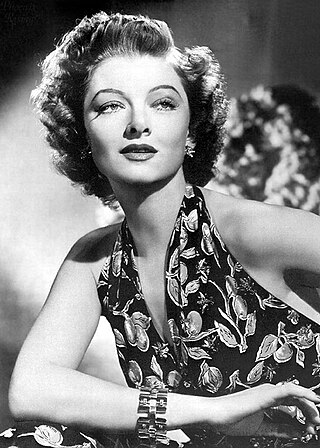
Myrna Loy was an American film, television and stage actress. As a performer, she was known for her ability to adapt to her screen partner's acting style.

Greenmantle is the second of five novels by John Buchan featuring the character Richard Hannay. It was first published in 1916 by Hodder & Stoughton, London. It is one of two Hannay novels set during the First World War, the other being Mr Standfast (1919); Hannay's first and best-known adventure, The Thirty-Nine Steps (1915), is set in the period immediately preceding the war.

Lionel Alfred William Atwill was an English stage and screen actor. He began his acting career at the Garrick Theatre. After coming to the U.S., he subsequently appeared in various Broadway plays and Hollywood films. Some of his more significant roles were in Captain Blood (1935), Son of Frankenstein (1939) and To Be or Not to Be (1942).
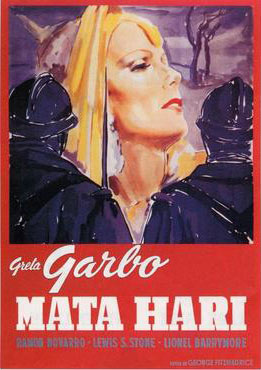
Mata Hari is a 1931 American pre-Code drama film directed by George Fitzmaurice loosely based on the life of Mata Hari, an exotic dancer and courtesan executed for espionage during World War I. The Metro-Goldwyn-Mayer film stars Greta Garbo in the title role. It was Garbo's most commercially successful vehicle. Only a censored version of the film is currently available.
Trude Berliner was a German actress. She was one of many Jewish actors and actresses who were forced to flee Europe when the Nazis came to power in 1933.

Fräulein Doktor is a 1969 spy film loosely based on the life of Elsbeth Schragmüller. It was an Italian and Yugoslavian co-production directed by Alberto Lattuada, starring Suzy Kendall and Kenneth More, and featuring Capucine, James Booth, Giancarlo Giannini and Nigel Green. It was produced by Dino De Laurentiis and has a music score by Ennio Morricone. It was distributed by Paramount Pictures in the United States.
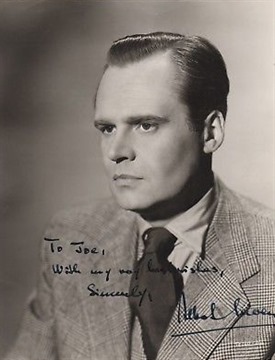
Albert Lieven was a German actor.
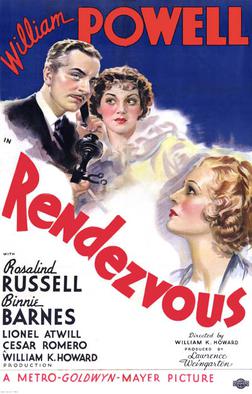
Rendezvous is a 1935 American spy film set in World War I, directed by William K. Howard, starring William Powell and Rosalind Russell and featuring Binnie Barnes, Lionel Atwill, Cesar Romero and Samuel S. Hinds. Powell plays an American cryptologist who tangles with German spies while falling in love.
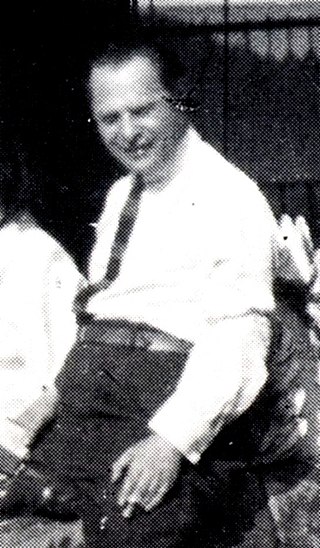
Leo Birinski was a playwright, screenwriter and director. He worked in Austria-Hungary, Germany and in the United States. As a playwright in Europe, he gained his biggest popularity from 1910 to 1917 but was ultimately forgotten. From the 1920s to 1940s he worked mainly as a screenwriter, first in Germany, later in the United States, to which he emigrated in September 1927. In the United States, he also returned to writing stage plays. He wrote in German and English. Until recently, only a minimal amount of information about his life has been available. Complicating matters, there have been many legends and rumours concerning Birinski's person, including the false report of his "suicide" in 1920 that found its way from newspaper obituaries into encyclopedias.

Mata Hari is a 1985 erotic biographical film directed by Curtis Harrington, produced by Golan-Globus and featuring Sylvia Kristel in the title role of exotic dancer Mata Hari, executed for espionage during World War I.
Elsbeth Schragmüller, also known as Fräulein Doktor and Mademoiselle Docteur, as well as Fair Lady, La Baronne and Mlle. Schwartz, was a German university professor-turned-spymaster for Abteilung III b in German-occupied Belgium during World War I.
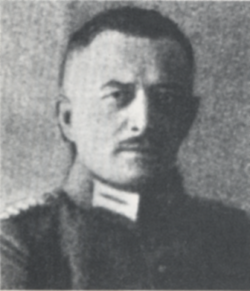
General Walter Nicolai was the first senior IC (intelligence) officer in the Imperial German Army. He came to run the German military intelligence service, Abteilung IIIb, and became an important pro-war propagandist in Germany during the First World War of 1914–1918. According to Höhne and Zolling, he helped to found the German Fatherland Party in 1917.

Street of Shadows is a 1937 French spy film directed by G. W. Pabst. An English-language version with exactly the same plot was filmed at the same time under the direction of Edmond T. Gréville, but with some changes in the cast. Dita Parlo remained as Mademoiselle Docteur, but Erich von Stroheim took over the part of the German spy chief. The English-language version was released in the United States under the title Under Secret Orders. It was shot at the Joinville Studios in Paris. The film's sets were designed by the art directors Robert Hubert and Serge Piménoff.

Under Secret Orders, also known as Mademoiselle Doctor, is a 1937 British spy film directed by Edmond T. Gréville and starring Erich von Stroheim, John Loder, Dita Parlo and Claire Luce. It is an English-language version of the French film Mademoiselle Docteur, also known as Salonique, nid d'espions, and released in the United States as Street of Shadows, which was filmed at the same time under the direction of G. W. Pabst. Both films have exactly the same plot, but there were differences in the cast between the two: in particular, von Stroheim was not in the French version.

The Rose of Stamboul is a 1953 West German musical film directed by Karl Anton and starring Inge Egger, Albert Lieven and Grethe Weiser. It was shot at the Tempelhof Studios in West Berlin and on location in Istanbul. The film's sets were designed by the art director Erich Kettelhut. It is based on Leo Fall's 1916 operetta of the same name.

Mata Hari, Agent H21 is a 1964 French-Italian spy film directed by Jean-Louis Richard and starring Jeanne Moreau, Jean-Louis Trintignant and Claude Rich. It portrays the activities of the First World War spy Mata Hari. Costumes by Pierre Cardin.

The Rose of Stamboul is a 1916 operetta in three acts by Austrian composer Leo Fall with a libretto by Julius Brammer and Alfred Grünwald. The work premiered on 2 December 1916 at the Theater an der Wien in Vienna.

Edith von Coler was a German propagandist who acted as an agent of influence and unofficial diplomatic conduit in the Kingdom of Romania before and during World War II.


















